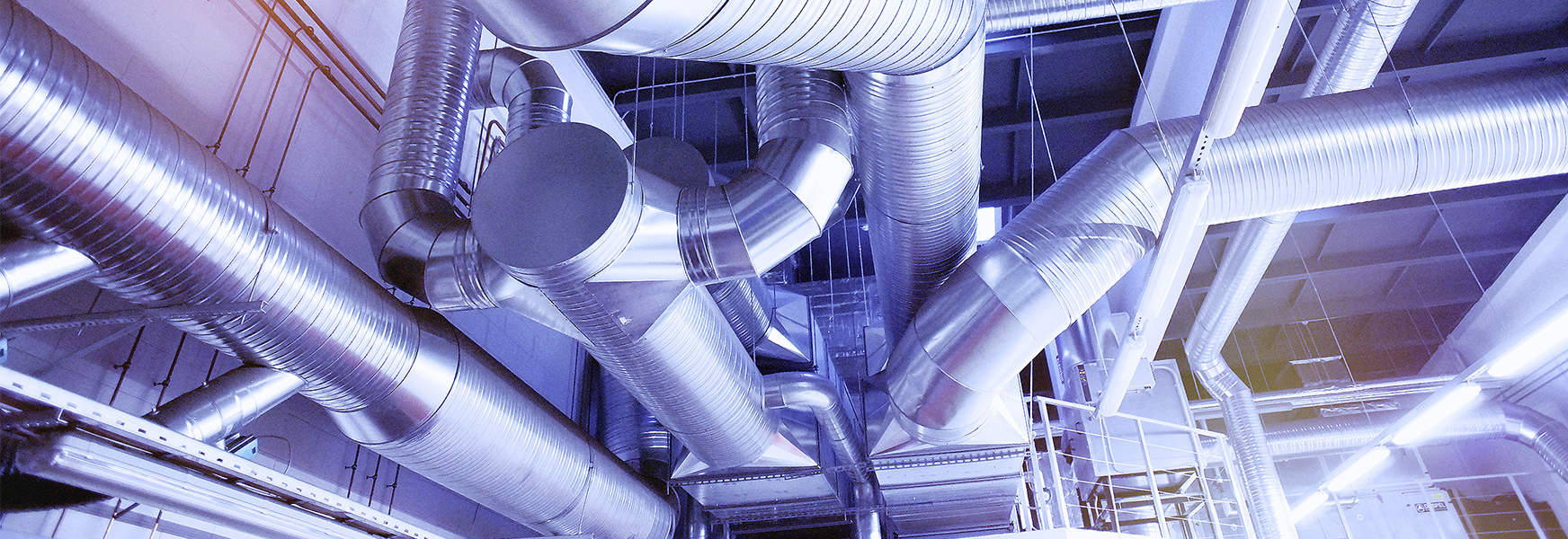Winter is Coming - is your Ventilation System Tuned for the Pandemic?

Blink and you will miss it. That is something I have been told many times while enjoying Maine’s beautiful summer days during my business travels. But as that saying implies, colder weather is coming soon to the northern tier of the country. I should probably include Denver as well judging from what happened last weekend! So, in many parts of the country the cold weather will force manufacturing and other industrial sector businesses to close rolling doors and windows. Any other year this would be a typical procedure, but 2020 has proven to be quite a different year. Businesses must consider not only employee comfort, but also how the ventilation air flows are affected by the company’s pandemic policy. On August 18, 2020 the American Conference of Governmental Industrial Hygienists (ACGIH) released a white paper regarding ventilation for industrial settings during the pandemic. This white paper does not address heating, ventilation and air conditioning systems (HVAC) used in office settings since they are addressed by the American Society of Heating, Refrigerating and Air-Conditioning Engineers (ASHRAE).
The white paper developed by ACGIH’s Industrial Ventilation Committee offers recommendations for engineering, administrative, and personal protective equipment controls. The purpose of this blog is to highlight some of their suggestions, but I encourage you to read their white paper for detailed information on all their recommendations.
- When possible, increase the fresh air supply to 100% (while considering from where the air is being drawn into the system) and setting the number of air changes per hour between 6 and 12. Air changes are defined as the number of times the air in a specific space is replaced with new air.
- Increase the rating of the filters used in your ventilation systems. Before doing this change, contact a ventilation professional because filters with high MERV (Minimum Efficiency Reporting Values) ratings will cause a pressure drop in the system. Your ventilation may not be able to handle this change or it may need to be re-balanced.
- When possible, restroom fans should operate continuously, and the air should be exhausted to the outside. Consideration should be made to avoid the use of air dryers or any other method that could disperse water droplets in the air.
- If local exhaust ventilation systems are available, consider allowing the system to operate continuously while attended. If your company has variable air volume (VAV) laboratory hoods, consider having the hood operating with its sash in the up position when not in use. Remember that chemicals should not be stored inside laboratory hoods.
- When possible, the airflow direction should be from the cleaner air to the less clean air where employees are placed in the cleaner side of the ventilation air flow.
Additionally, it would be worth checking the site Back To Work SafelyTM – sponsored by the American Industrial Hygiene Association. The site offers guidelines developed by workplace health and safety experts to minimize the probability of coronavirus transmission in certain industries.

